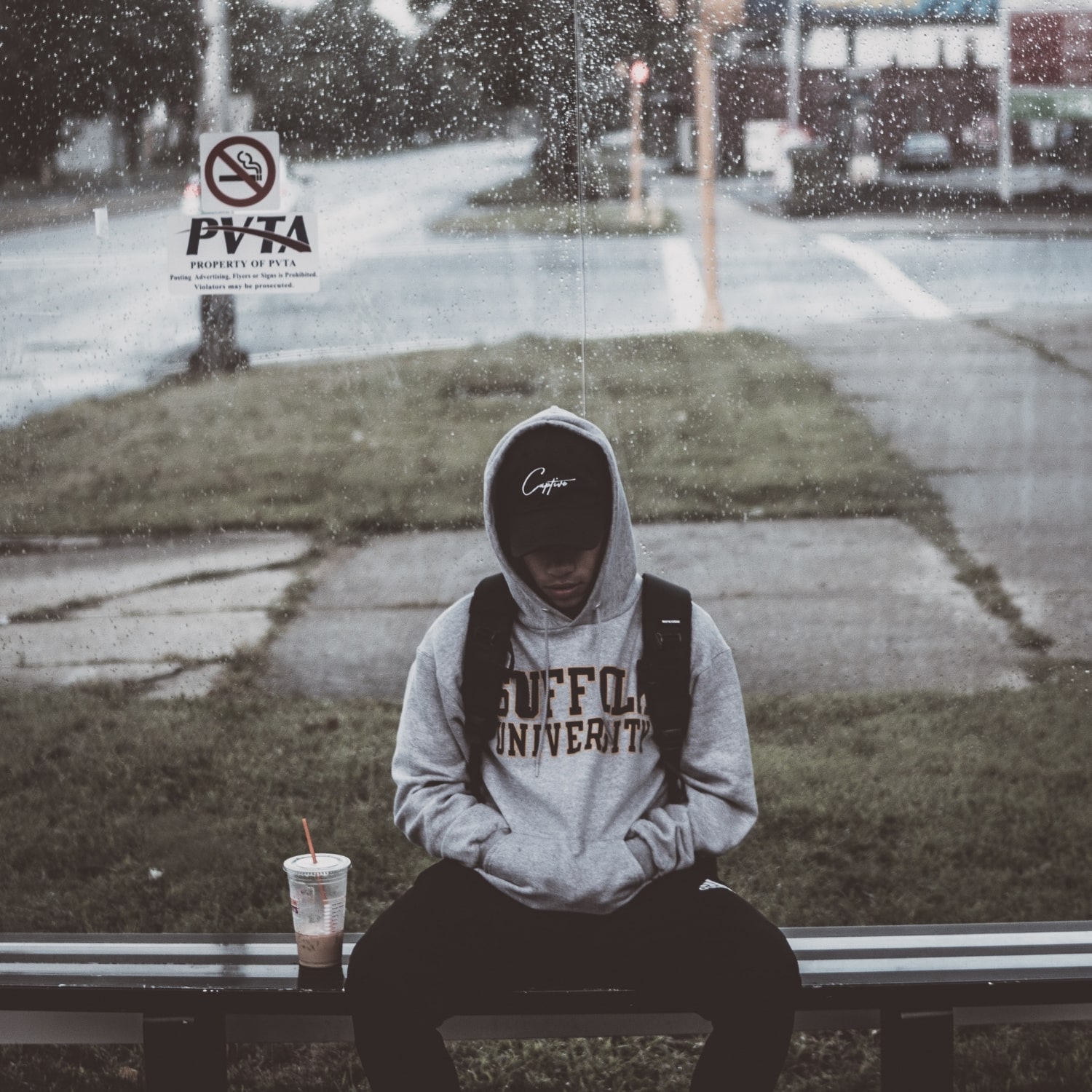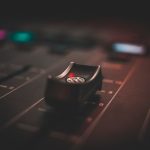Production tips to wrap the year
This year is almost over and I wanted to thank everyone I worked with for trusting my services to give their music an added edge. I think it’s the first year I can feel that I’m finally surfing the waves that took a while to get together, but now things are flowing.
This goes for our Facebook group as well. Many people shared with me that the blog with the group has helped them get more music done. That’s the goal: to make you overcome any obstacles you might face in production. The more agile you become, the easier it will be to express yourself through music.
One of the most discussed topics has been the creative process. If you’ve browsed my site, you probably know I do mentoring and consultation. Discussing how to approach making music has been fascinating people, mostly because it’s not really explained anywhere. Most of tutorials you can find online explain techniques you can use, but it’s rare and hard to explain more broadly how to make a song, how to handle all the sessions you make to finish a song, and how not to lose your sanity between them.
I thought I’d make you a reference list of the topics I wrote about this year so you can come back to it if you’re feeling lost:
- Try to make music as often as you can, mostly daily, even for 5 minutes. That can be practicing a technique, testing a preset, recording new sounds.
- If you tend to buy more stuff than you play with it, then stop buying for a while. My rule is that I allow myself to buy/get some new toy only after I started on to multiple songs with the last one I got.
- When you listen to a song, try to see what’s grabbing your attention first and also, through the song. Is a specific sound? the melody? Arrangements? This will give you a direction for when you make your next song as what will be the central point of it.
- It will be very rare that you’ll sit for a session and finish a song all at once. Most of the best songs you’ll do will be the result of multiple sessions.
- Remixing is easier than producing mostly because you already have material that you have to use, which is why using pre-made samples can be a way to ease your flow to start with.
- Are you aware of limitations you are imposing yourself when making music? What are the “oh no I can’t do this” thoughts you have? Try to break them once in a while.
- When I make new ideas, I sometimes play a DJ set from Youtube and will “jam” over that in Ableton. This means I will play sounds and make melodies and because I’m jamming over something I like, I’m sure it will fit a similar direction/genre. I got this tip from working with jazz artists who love to have something happening to play along.
- When you don’t have much time to make music or are not feeling very inspired, or have writer’s block, try to see if you can work on preparing material for future sessions. Inspiration always comes back and when it does, make sure to have all the tools on hand.
- Successful and flowing music sessions happen when you think less and make it easy on yourself.
- Most of the inspiring sessions will come when you explore for something. Trying to replicate a sound is a great starting point but don’t focus on the the result, but more on what you’re about to create out of the exploration.
- In my process, I like to create Ableton Projects that are filled with ideas, sounds, recordings, etc. I try to have about 10 projects that I feed on a regular basis until I open one, play with some sounds and spot something that makes me nod, then I know I have to work on this.
- The first thing I try to do with a song is find the core idea, that I call the hook, the motif. Think of this as what will people remember of this song. If they describe the song to a friend, how would they describe it? Usually people will talk of the motif, which can be a pattern, a melody, or a memorable sound.
- The hook is usually not fully disclosed at the beginning of the song but more towards the first 1/3 of it. Take your hook and put it later in the song and then deconstruct it from the beginning to there.
- A song has a hook with 2 supporting ideas to keep people interested. Try adding to complementary ideas to your main idea.
- Split your song in 3-4 sections such as: beginning, main idea, breakdown, end. Try to have at least one important twist in each of them.
- Each song benefit from having at least one Easter Egg. When a song has a little special twist, idea, surprise, it makes it unique. You can also try to hide your Easter Egg so it takes multiple listen to hear it. People feel very excited when they hear something that only they have heard.
- It’s better to have too much material for a song and discard some as you go, than not having enough and feeling your song is empty.
- Sometimes a song feels unfinished until you decide to do a mixdown.
- When I start working on a song, I usually just want to create a draft from it. See it as someone who writes a script for a movie, he will create a timeline with the main ideas but won’t focus on the details.
- If you haven’t made a timeline and have been spending half an hour on fixing you kick or a specific sound, you’ve been distracted from the essential task of song making.
- Macro arrangements mean that you switch your arranger’s fixed grid to “8 bars”, in order to focus on the bigger ideas of your song instead of focusing on the little details.
- Use colors for your channels, make certain colors for certain sounds such as all metallic sounds in grey. Having color codes is useful to pick up a song that’s been left behind.
- Use groups for all families of sounds. Ex. all percussion, all melodies, etc.
- Focus on working on a loop that gets you groovin’; that will be your starting point to make your song. This loop is actually the middle part of your song, not the beginning. Bring it in the arranger, in the middle part then deconstruct it from the beginning.
- Import a reference track in your arrangement window to give you an idea of how long your song could be, where to put breakdowns, etc. Many people are stuck with loops and don’t know where to go from there. If you start by using a reference, you’ll have a template more or less that you can later discard and have your own thing going.
- When I work on finding the timeline of my song, I will use stock loops of percussion to have a mood board of how the song will be. There’s nothing wrong in grabbing pre-made ideas to give yourself of the direction you want to take. You always can come and change them later when you know what you want exactly.
- Kick design is the last thing I do. When I am doing the mixdown, this is usually when I know what type of kick I really need to make this song solid. So often, when I work with clients, we change the kick then and the song feels so fresh.
- I usually want my sounds and main idea to evolve a few times through the song. This can be either with how they’re programmed, use of effect, etc.
- If you can’t reproduce a specific effect or sound, try to find a preset of a synth that is as close as what you aim for and see how it is programmed. Once you understand how the sound is made, try to reproduce it with other synths, tools.
- If you are completely blocked by something technical, stop trying and do a search on Youtube to see how it’s made. Stop wasting your time if you can’t, there is no cheating when it comes to learning. You are doing this for yourself after all.
- Sometimes you’ll fall in love with specific tools, effect, sounds, etc. Try to then invest into getting the best of that thing. For instance, I fell in love with reverbs and have been collecting so many plugins since. I watched so many reviews and read about it.
- When I start working on a song, I want to make the timeline pretty fast, so I like to visually arrange my blocks without listening and will not work on this more than 20 minutes. I want something raw that I can come back later and see if I was on the right path.
- Knowing if your idea/song is solid is one of the most difficult things to understand. But basically, the more you space out your sessions, the more detachment you’ll have and you’ll be able to judge it better.
- I like to work on multiple songs at once so I can go from one to another in rotation, to see what works or not in each of them.
- When you’re doing sound design or creating new ideas, never censor yourself or stop yourself from anything. Brainstorms have one rule: there are no rules.
- Once I have my timeline 80% done, then work on the percussion progression and other sound to support the story-line.
- I prefer not worrying about the mixing until the arrangements are at least 80% done.
- The use of effects are part of sound design but the cosmetic effects as reverb/delay, I prefer to use them once most of my story-line is made.
- Have your sounds talk to each other, either as in “call/answer” or “let me say” modes. “Call/answer” is when one sound appears and another answer to that (or echo back) like the kick-hihat relation. “Let me say” is when sounds alternate between each other or repeat themselves (ex. claps changing to snares).
- Work your song by looping 1x 32 at a time and adjust everything in there seems right as is.
- When I work on arrangements, I take breaks almost every 10 minutes where I stop for 20-30 seconds.
- When I do mixing, I take breaks as often as possible.
- Have you noticed how many “great ideas” you have when you’re not making music? This means, in the middle of making a song, force yourself to get up and leave for a few minutes. This action will bring ideas and insight to what you’re working on.
- If you’re not sure about your song, keep in mind that you can make as many versions as you want out of it.
- All unused sounds of a project can be used for another song.
- When you go from one song to another as you work, if you notice that for instance, the bass of track X would be better in track Y, then swap them.
- After each session, I suggest you export where you left off and then import that into the next song you’re working on. This will also be helpful to not always have the same structures, intro, patterns.
- Don’t delete any projects no matter how much you think they suck! Everything can be recycled!
- Try to collaborate as much as possible. Team up with people to who you can bring something to them instead of seeing how this person can bring you something.
- Whenever you feel uncomfortable or think that what you do sucks, remember that this has nothing to do with the song but from yourself. You might be tired or have overheard your song. Take a pause for a few days and work on other things.
If you made it until the end, you found an Easter Egg and can download a Max patch I used in my live sets called “Sparta” below. It will bring modulation to your sounds!
[download id=”36345″]
SEE ALSO : Tips for getting your music heard




Leave a Reply
Want to join the discussion?Feel free to contribute!